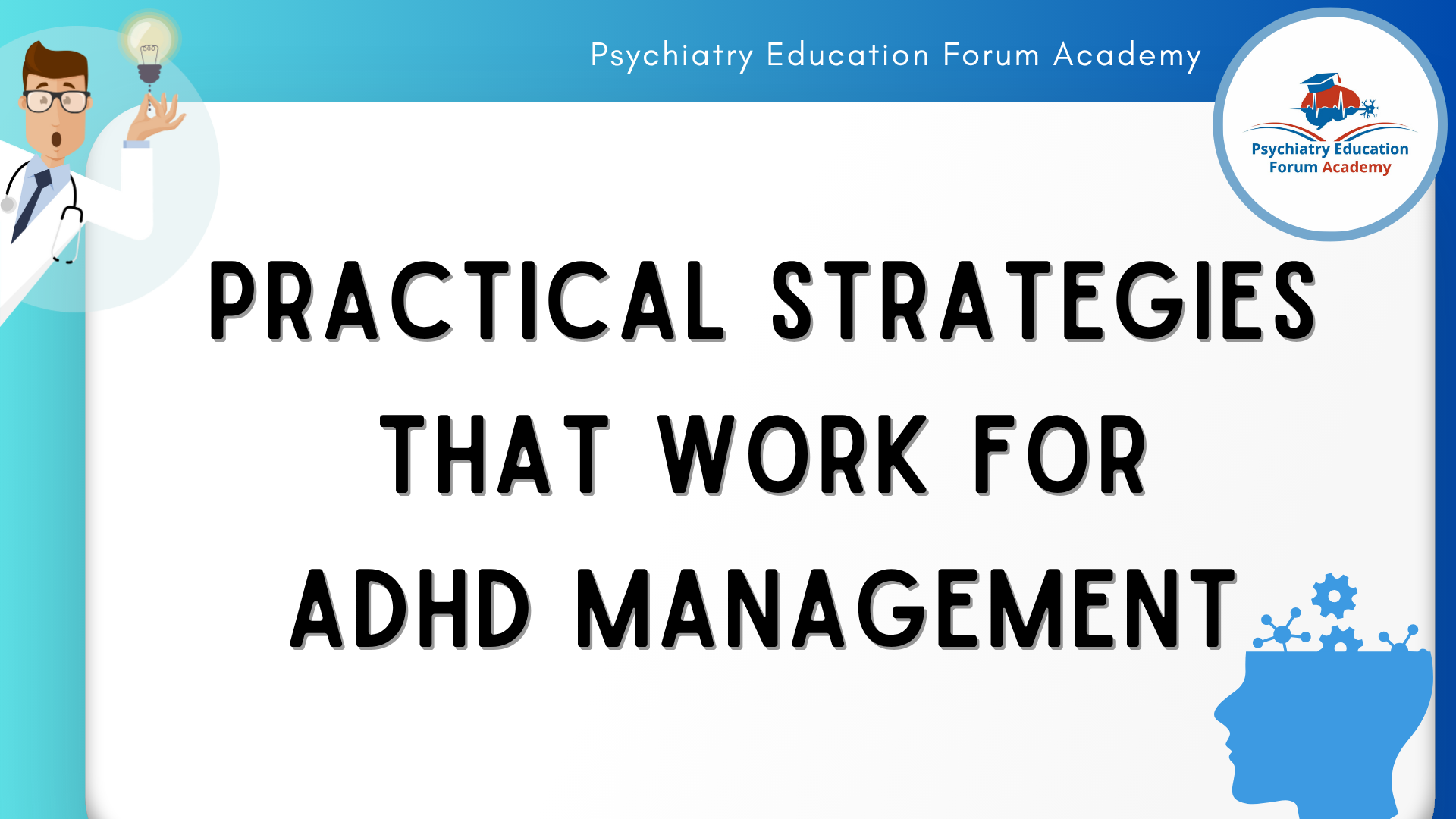Using the Pomodoro Method to Manage ADHD: A Simple Yet Powerful Strategy

Time management can feel like a constant battle for individuals with ADHD. Tasks pile up, attention drifts, and the overwhelm sets in. But what if there were a technique that turns time into an ally rather than an enemy?
One such strategy—originally developed to boost productivity—is gaining popularity in clinical and self-management circles: the Pomodoro Technique.
🍅 What Is the Pomodoro Method?
The Pomodoro Method breaks work into manageable time blocks—usually 25 minutes of focused work, followed by a 5-minute break. After four cycles, a longer break (15–30 minutes) is taken.
Here’s a typical Pomodoro cycle:
Pick a task to focus on.
Set a timer for 25 minutes.
Work on the task—no distractions.
Stop when the timer rings and take a 5-minute break.
Repeat the cycle up to 4 times, then take a longer break.
🧠 Why It Works for ADHD
For individuals with ADHD, long, unstructured tasks can feel insurmountable. The Pomodoro Method addresses this in several clinically relevant ways:
Time awareness training: People with ADHD often struggle with “time blindness.” A timer provides external structure.
Built-in breaks: Helps prevent mental fatigue and discourages hyperfocus that leads to burnout.
Reduces procrastination: The 25-minute window feels more achievable than “working all afternoon.”
Boosts dopamine: Checking off a Pomodoro gives a hit of reward, helping sustain motivation.
✅ Clinical Applications & Tips
Use visual timers: Tools like Time Timer or Pomofocus visually display time passing—beneficial for ADHD brains.
Combine with medication: Timing Pomodoro sessions during peak medication effect can increase productivity.
Customize durations: For some patients, a shorter cycle (e.g., 15 min on/5 min off) works better, especially during off-med times.
Pair with task batching: Categorizing similar tasks and assigning them to Pomodoros can reduce task-switching fatigue.
🎯 Final Thoughts
The Pomodoro Method isn’t a cure—but for many with ADHD, it provides structure, predictability, and momentum. Whether you’re a clinician suggesting time management tools or an individual seeking greater focus, this simple technique is worth exploring.
FOR ACADEMY MEMBERS:
Practical Strategies That Work for ADHD Management:
This chapter will be discussed in following sections:
- Time Management
- Task Initiation & Completion
- Working Memory Support
- Impulse Control & Emotional Regulation
- Organization of Space
- Clinician Tips
We continue to review and summarize clinically relevant research to support your daily practice.
INTERESTED IN ACCESS TO THIS & OTHER CLINICALLY RELEVANT LECTURE SERIES?
JOIN ACADEMY MEMBERSHIP:
This is a closed membership for medical professionals only.
- 400+ Clinically Relevant Chapters: Each chapter within these sections is of direct clinical relevance for your daily practice. (Table of Content)
- Journal Club: we will post the most recently published psychiatry articles relevant to your daily clinical practice. (Read Content)
- Clinical Case Discussion: Dr. Singh (Psychiatry) and Dr. Kaur (Family Medicine) discuss clinical cases to integrate the clinical cases from Psychiatry and Medicine. (Read Content)
- Monthly Insights: Gain access to our monthly sessions featuring the latest on recent publications, new medication approvals, FDA updates, and more. (Monthly Insights)
- Discussion Forum & Community: Connect with other medical professionals and discuss your difficult-to-treat clinical cases. (Academy Network)
- Goal: is to have all important clinically relevant topics in one place for ease of access.
DISCOUNTS AVAILABLE FOR: Residents & Students ONLY.
Email us your student information (program information and way to confirm your student status) to: [email protected]
© 2025 All Rights Reserved.








